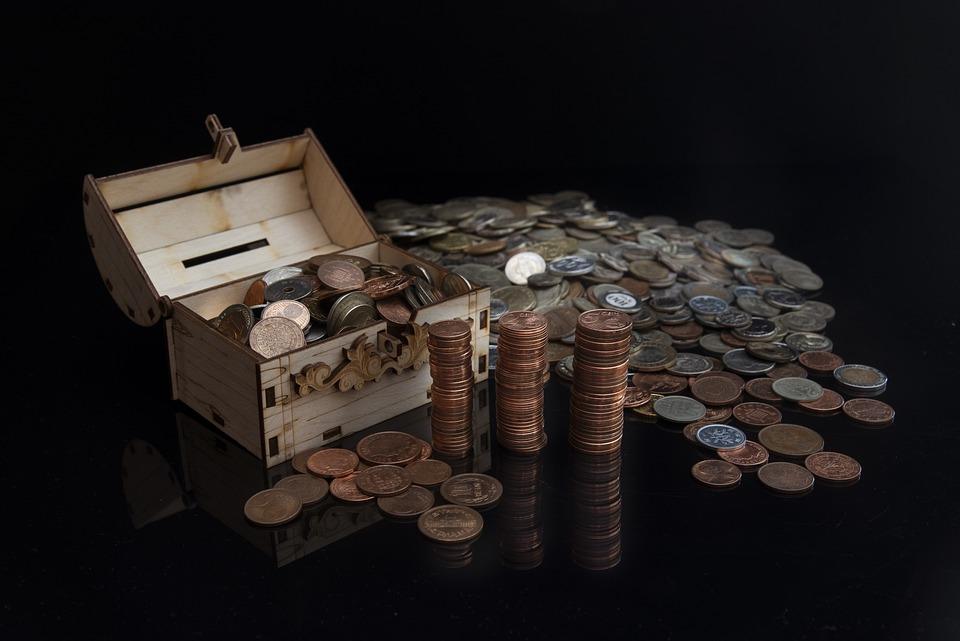NGC Coin Grading 101: A Beginner’s Guide to Understanding the Hierarchy

NGC Coin Grading 101: A Beginner’s Guide to Understanding the Hierarchy
Grading coins is an art that requires a deep understanding of numismatics, coin history, and condition. For beginners, navigating the world of coin grading can be overwhelming, especially with the numerous grading companies and hierarchies available. In this article, we’ll delve into the world of NGC coin grading, exploring the basics, hierarchy, and what you need to know to get started.
What is NGC Coin Grading?
The Numismatic Guaranty Corporation (NGC) is one of the most respected and widely recognized coin grading services in the world. Established in 1987, NGC has been dedicated to providing accurate and reliable coin grading, authentication, and certification. Their expert graders examine each coin, using a rigorous process to determine its condition, rarity, and authenticity.
The NGC Coin Grading Hierarchy
NGC uses a 70-point grading scale, with coins receiving a grade from 1 to 70. The scale is divided into several categories, each with its own set of criteria. Here’s a breakdown of the NGC grading hierarchy:
- Mint State (MS): Coins that are uncirculated and have never been handled or cleaned. MS grades range from MS 60 to MS 70.
- MS 60: Average condition, with some wear and tear.
- MS 65: Above-average condition, with minimal wear.
- MS 70: Perfect condition, with no wear or damage.
- Proof (PR): Coins that are specially struck to produce a highly detailed, mirror-like finish. PR grades range from PR 60 to PR 70.
- PR 60: Average condition, with some wear and tear.
- PR 65: Above-average condition, with minimal wear.
- PR 70: Perfect condition, with no wear or damage.
- Uncirculated (UNC): Coins that are uncirculated, but may have some handling or storage wear. UNC grades range from UNC 60 to UNC 70.
- UNC 60: Average condition, with some wear and tear.
- UNC 65: Above-average condition, with minimal wear.
- UNC 70: Perfect condition, with no wear or damage.
- Circulated (CS): Coins that have been in circulation and show signs of wear and tear. CS grades range from CS 1 to CS 3.
- CS 1: Poor condition, with significant wear and damage.
- CS 2: Average condition, with moderate wear.
- CS 3: Good condition, with minimal wear.
Additional Factors Affecting Coin Grade
While the NGC grading hierarchy provides a general framework, other factors can influence a coin’s grade, including:
- Rarity: Coins with lower mintage numbers or those that are harder to find may receive a higher grade due to their rarity.
- Design and Strike: Coins with well-defined details and a sharp strike may receive a higher grade.
- Surface Quality: Coins with minimal imperfections, such as hairlines or scratches, may receive a higher grade.
- Toning: Coins with attractive toning or coloration may receive a higher grade.
Tips for Beginners
If you’re new to coin grading, here are some tips to keep in mind:
- Start with lower-grade coins: Focus on coins with lower grades, such as MS 60 or UNC 60, which are more affordable and easier to find.
- Research, research, research: Learn as much as you can about the coin you’re interested in, including its history, minting process, and grading criteria.
- Work with reputable dealers: Buy coins from reputable dealers who offer NGC-graded coins or have experience with coin grading.
- Consider getting your coins graded: If you have a large collection or want to know the true value of your coins, consider submitting them to NGC for grading and certification.
Conclusion
NGC coin grading is a complex process that requires a deep understanding of numismatics and coin history. By understanding the NGC grading hierarchy and additional factors that affect coin grade, you’ll be better equipped to navigate the world of coin collecting and make informed purchasing decisions. Whether you’re a seasoned collector or just starting out, NGC coin grading is an essential part of the coin collecting experience.







